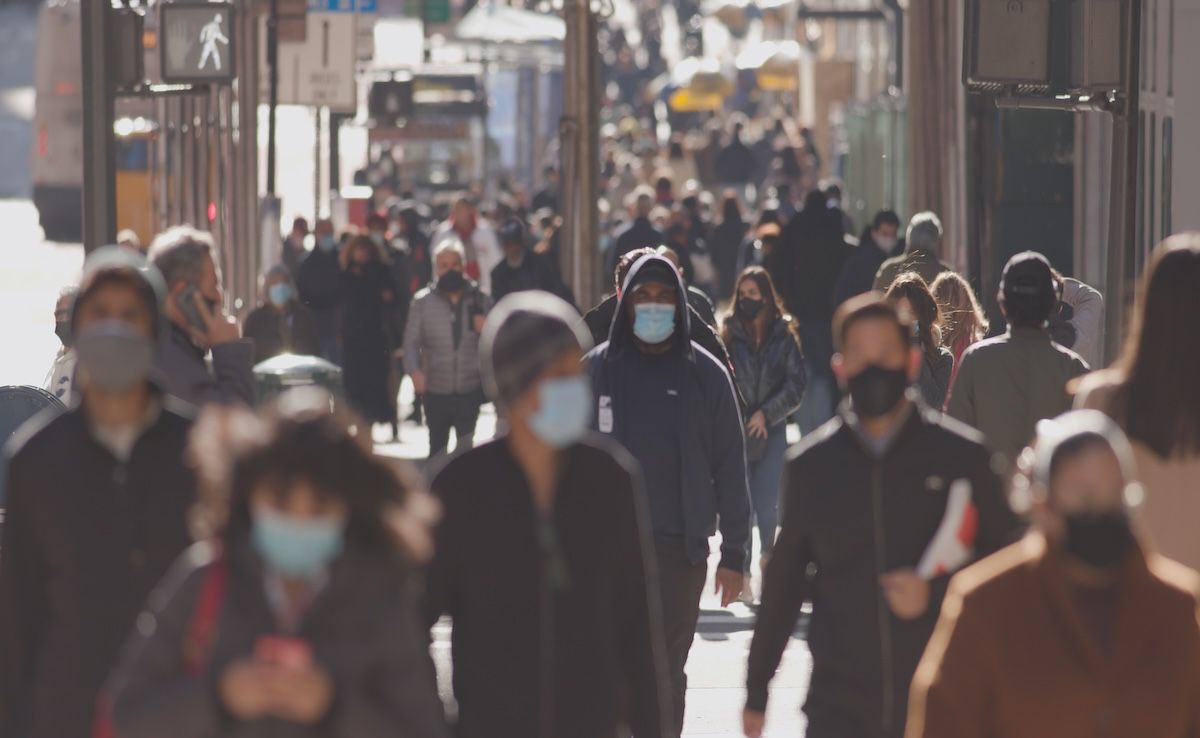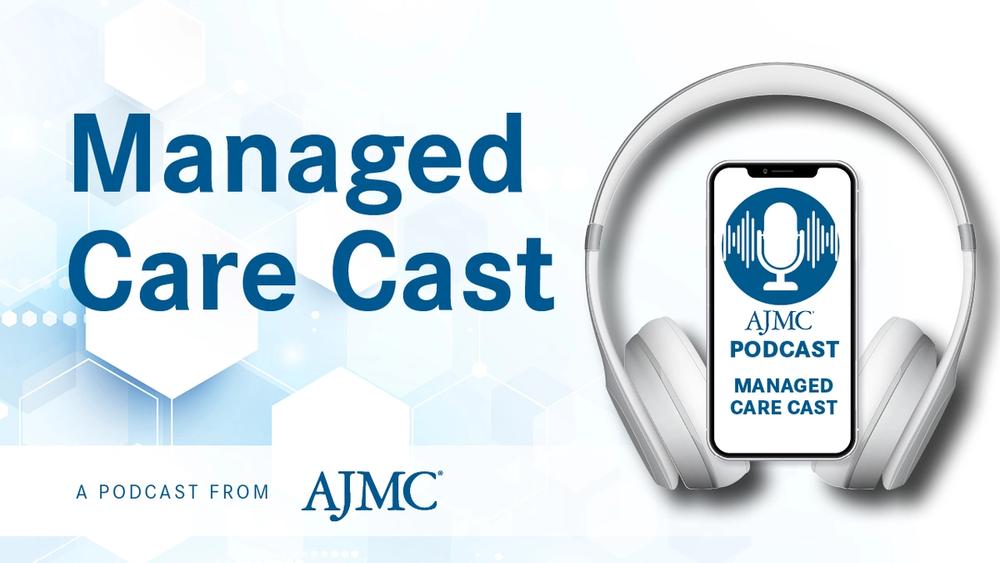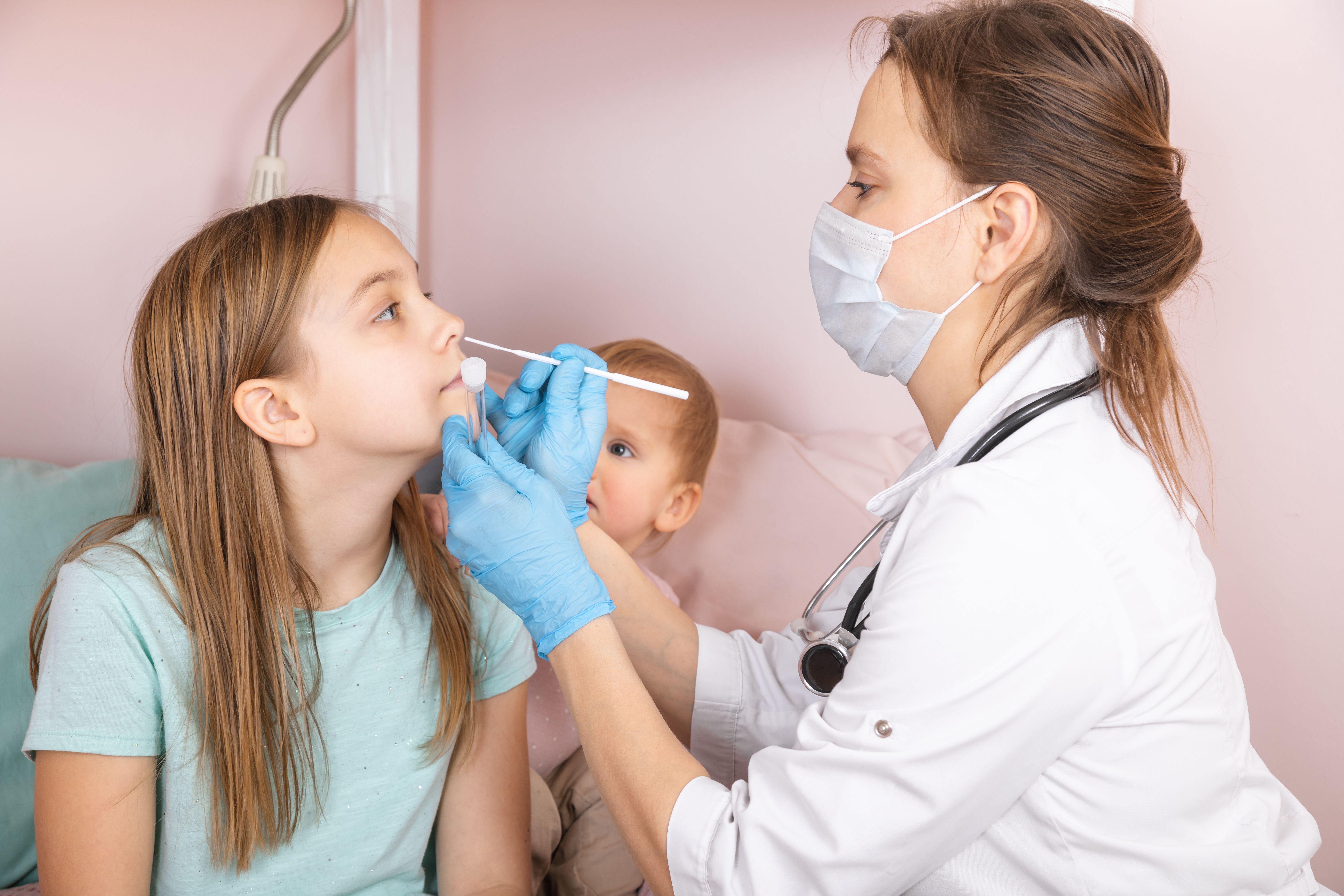News
Article
Kansas City Tuberculosis Outbreak Highlights Ongoing Public Health Challenge
Author(s):
Key Takeaways
- The Kansas City TB outbreak has 67 active cases, with 35 cured and 30 under treatment, and two deaths reported.
- TB cases have risen nationally and globally, with the US reporting the highest number since 2013 and a global increase for three consecutive years.
In an interview with The American Journal of Managed Care, Michael A. Bernstein, MD, stressed the need for effective communication and proactive screening to curb the recent tuberculosis (TB) outbreak.
A tuberculosis (TB) outbreak in the Kansas City metro area has resulted in dozens of cases and at least 2 deaths, according to the Kansas Department of Health and Environment (KDHE), demonstrating that the disease remains a public health concern.1
A recent outbreak in the Kansas City metro area highlights the ongoing presence of tuberculosis (TB), a disease often thought to be a thing of the past. | Image Credit: tashatuvango - stock.adobe.com

Recent TB Outbreak in Kansas City
In a press release, KDHE explained that this outbreak has been ongoing since January 2024, with most patients infected in early 2024 and throughout the summer. As of February 7, 2025, there have been 2 related deaths. KDHE also reported 67 active TB outbreak-related cases in the Kansas City metro area, with 60 in Wyandotte County and 7 in Johnson County.2 Additionally, there have been 79 outbreak-associated latent TB cases, with 77 in Wyandotte County and 2 in Johnson County; those with latent TB infections are not infectious to other people and do not feel sick.
Of those with active TB, 35 have completed treatment and are considered cured, while 30 are currently under treatment.1 Similarly, 31 of those with latent TB have completed treatment, and 28 are currently under treatment. Although the outbreak is ongoing, KDHE emphasized the “very low risk of infection to the general public.”
To limit the spread of TB, KDHE is actively identifying and testing at-risk individuals and possible close contacts. Those who test positive are further screened to determine if they have active or latent TB infection, which will help identify the best treatment.
TB typically affects the lungs and is caused by bacteria that spread through the air when infected people sneeze, cough, or spit.3 Common symptoms include cough, fatigue, weight loss, and chest pain. Individuals at an increased risk for TB include those with diabetes, HIV, and weakened immune systems, along with those who are malnourished or use tobacco.
Daily antibiotic treatment for 4 to 6 months is recommended for patients with latent and active TB. It is considered dangerous to stop treatment early as it can cause TB to become drug-resistant. After becoming unresponsive to standard drugs, patients with drug-resistant TB require more toxic treatment.
In an interview with the American Journal of Managed Care®, Michael A. Bernstein, MD, director for pulmonary and critical care at Stamford Health, discussed lessons from the COVID-19 pandemic that can be applied to managing the Kansas City TB outbreak. He emphasized the importance of balanced communication to ensure the public remains cautious without causing unnecessary alarm.
“It’s an ongoing process to make sure you get the right information to the right amount of people in the right way,” Bernstein said.
He also highlighted the critical role of public health departments in tracking infections and screening at-risk individuals.
“…they’re an important part of our community, and it’s always easier to play a little bit of offense to identify people at risk than a defensive position when there’s already an outbreak going on,” Bernstein said.
Rise in TB Cases Worldwide
This recent rise in TB incidence is not exclusive to the Kansas City metro area; it has been observed nationwide and globally. In 2023, the CDC reported 9633 TB cases in the US, the highest number since 2013.4 This marked the third consecutive year of increases in US TB case counts, which rose in 2021 (7866 cases) and 2022 (8322 cases) after a 19.4% decrease in 2020.
Also, the most recent global TB report from the World Health Organization (WHO) determined that an estimated 10.8 million people fell ill with TB in 20235; most cases occurred in the WHO regions of South-East Asia (45%), Africa (24%), and the Western Pacific (17%). Like in the US, 2023 marked the third consecutive year with a global rise in TB cases, increasing from 10.1 million in 2020, 10.4 million in 2021, and 10.7 million in 2022.
Due to this increase in cases, leaders at the CHEST 2024 annual meeting in October urged the public to take TB more seriously.3 In particular, John Buckley, MD, MPH, president of the American College of Chest Physicians, voiced his concern that young US professionals are unaware of the ongoing TB epidemic due to the contrast between the number of cases in the US and other high-income countries vs in other parts of the world.
However, he emphasized the importance of TB awareness, especially given the recent rise in cases worldwide and nationally.
“I want to keep reminding my young colleagues, my young learners, that just because we don’t see it [TB] in our daily practice doesn’t mean it’s not an extraordinarily important issue,” Buckley said.
References
- Current tuberculosis outbreak in Kansas City, Kan Metro Area. News release. Kansas Health Alert Network; January 31, 2025. Accessed February 11, 2025. https://www.coronavirus.kdheks.gov/CivicAlerts.aspx?AID=1436
- Kansas City Area TB Outbreak. KDHE. Updated February 7, 2025. Accessed February 11, 2025. https://www.kdhe.ks.gov/2242/Tuberculosis-Outbreaks
- McCormick B. Tuberculosis through time: Historic burden, modern challenges. October 28, 2024. Accessed February 11, 2025. https://www.ajmc.com/view/tuberculosis-through-time-historic-burden-modern-challenges
- Reported tuberculosis in the United States, 2023. CDC. November 7, 2024. Accessed February 11, 2025. https://www.cdc.gov/tb-surveillance-report-2023/summary/national.html
- Global tuberculosis report 2024. WHO. Accessed February 11, 2025. https://www.who.int/teams/global-tuberculosis-programme/tb-reports/global-tuberculosis-report-2024




